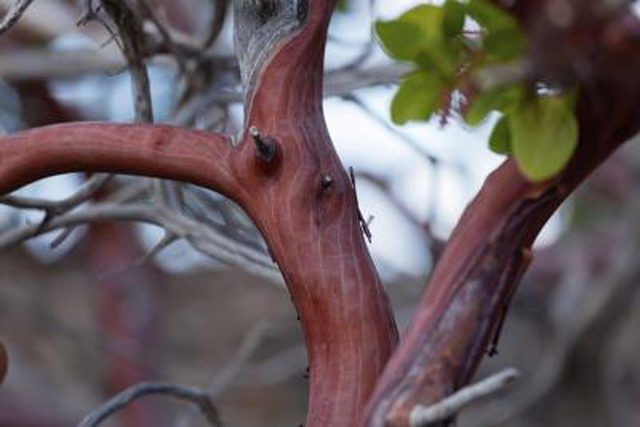Bulbs
Flower Basics
Flower Beds & Specialty Gardens
Flower Garden
Garden Furniture
Garden Gnomes
Garden Seeds
Garden Sheds
Garden Statues
Garden Tools & Supplies
Gardening Basics
Green & Organic
Groundcovers & Vines
Growing Annuals
Growing Basil
Growing Beans
Growing Berries
Growing Blueberries
Growing Cactus
Growing Corn
Growing Cotton
Growing Edibles
Growing Flowers
Growing Garlic
Growing Grapes
Growing Grass
Growing Herbs
Growing Jasmine
Growing Mint
Growing Mushrooms
Orchids
Growing Peanuts
Growing Perennials
Growing Plants
Growing Rosemary
Growing Roses
Growing Strawberries
Growing Sunflowers
Growing Thyme
Growing Tomatoes
Growing Tulips
Growing Vegetables
Herb Basics
Herb Garden
Indoor Growing
Landscaping Basics
Landscaping Patios
Landscaping Plants
Landscaping Shrubs
Landscaping Trees
Landscaping Walks & Pathways
Lawn Basics
Lawn Maintenance
Lawn Mowers
Lawn Ornaments
Lawn Planting
Lawn Tools
Outdoor Growing
Overall Landscape Planning
Pests, Weeds & Problems
Plant Basics
Rock Garden
Rose Garden
Shrubs
Soil
Specialty Gardens
Trees
Vegetable Garden
Yard Maintenance
How to Grow a Manzanita Tree
How to Grow a Manzanita Tree. Common manzanita's (Arctostaphylos manzanita) needs may not apply to all 217 recorded species, subspecies, varieties and cultivars in the same genus. Although they are also commonly called manzanita, some of these flowering native shrubs evolved in mountains, others in coastal climates. Some like rain, others prefer...

Common manzanita's (Arctostaphylos manzanita) needs may not apply to all 217 recorded species, subspecies, varieties and cultivars in the same genus. Although they are also commonly called manzanita, some of these flowering native shrubs evolved in mountains, others in coastal climates. Some like rain, others prefer dry weather.
Common Manzanita Growing Basics
Common manzanita, an evergreen perennial, has brownish, orange to almost red bark and thick, leathery leaves. Manzanita means "little apple" in Spanish, a reference to the shape of the fruit that bears its seeds. Common manzanita grows slowly, about 6 feet a year in 20 years, topping out at 10 to 12 feet tall. It likes partial shade to full sun and up to 60 inches of rain a year and a soil pH of 5.5 to 7.3. Common manzanita will grow in U.S. Department of Agriculture plant hardiness zones 8a through 10b. It needs a minimum of 120 days without frost.
Where to Plant
Space common manzanita seedlings 6 to 15 feet apart in open space, 8 to 10 feet from the side of a one-story building and 6 to 8 feet from the corner of a one-story building. Plant them in an area where they don't have to compete with other plants. Planting them in an open space also helps prevent fungal diseases that afflict their leaves in stagnant air.
Planting Young Manzanitas
Plant a common manzanita seedling in a hole that is not quite as deep as the root ball and twice as wide. To make it easier for root tips to penetrate the native soil, use a pick or shovel to roughen the bottom and sides of the hole. Slide the root ball into the hole, making sure no roots are curling. Use your heel or the back of your shovel to make sure the soil is firm with no air pockets. The top of the root ball should be 1/2 to 1 inch above the ground. If the seedling came with a stake, remove that. Water the tree thoroughly and continue watering for one month. Heavy rainfall splashing mud on the leaves of the lowest branches can cause fungal diseases. To avoid that, put a coarse mulch of chips or bark around the base of newly planted seedlings.
Fertilizer and Water
There is no need to fertilize a common manzanita. It is a native plant that evolved in poor soil where it thrives naturally without fertilizers. Fertilizing results in rapid growth that leaves it vulnerable to diseases. It prefers well-drained, unamended native soil. Do not grow common manzanita in soggy soil or in the shade. Do not water it regularly in the summer. Water it occasionally if the soil drains well.
Pruning
To increase the density of the interior, prune the tips of common manzanita branches in late winter before new spring growth has begun. Also in winter, prune older branches that are shedding bark and remove lower branches to show off its smooth, sculptural inner branches. Removing the lower branches will also increase air circulation. Disinfect your pruning tools before use by soaking them for five minutes in a solution of 1 part rubbing alcohol and 1 part water. Let the pruners air dry or rinse them with clean water.